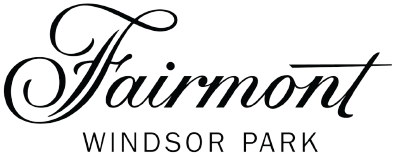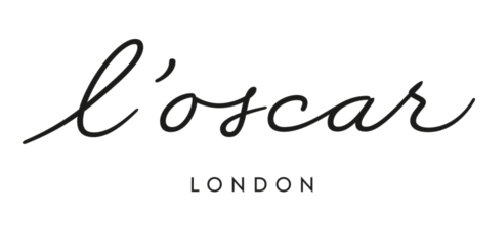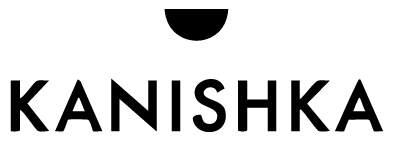
If you’re looking to increase your wealth, working a 9-5 job isn’t always the best option. Instead, making smart investments combined with regular income may be the best way for you to increase your wealth.
However, there are many investment options out there – whether it be the stock market/ stocks and shares, gold, collectables, or, of course, art. But is art a good investment? That’s what we’ll be exploring in this blog post.
Read on to learn more about art investment and whether it’s worth investing in art or not. We’ll also be exploring some of the key factors that can impact the value of art.
What Makes a Good Investment?
A good investment is one that aligns with your financial goals and investment style. For example, a good short-term investment could be an investment that gives you quick profits, and a high probability of profits.
A good long-term investment, however, could be an investment that can weather potential fluctuations in the market and is easy to buy and sell.
So, a good investment is an investment that provides high returns whilst meeting your desired timeframe and risk level.
Factors That Can Determine The Value of Artwork
Before we explore whether art is a good investment, it’s important to learn what factors can impact the value of a work of art. This can ultimately determine what makes art a good long-term investment.
Provenance
One of the main factors to consider when investing in fine art is its provenance. Provenance is the history of the piece – a list of people or bodies that it has been owned by since it was first created, whether it be art collectors in notable art collections, galleries, or museums.
If there isn’t a well-documented history of a piece of original artwork, then it will likely be valued at a lower price. If a piece of art was previously owned by a notable art collector or was displayed in a respected art gallery, the piece of art may be considered more valuable than a piece of primary artwork with no history.
Artist
Always research the artist before investing in art, regardless of whether it’s an experienced blue-chip artist or an up-and-coming artist. New artists will generally produce artwork with a lower value than established artists as they have yet to build their reputation.
However, this can work in your favour – their artwork will be affordable and they may gain popularity, meaning you can sell the art for the highest price at a later date. However, research and professional advice are highly recommended when investing in underrated artists or new artists.
Blue-chip artwork is considered a much safer investment – this is because blue-chip artists have a history of creating artwork that retains or increases in value.
If the artist you’re investing in has a background of performing well in the art market, then it’s much more likely to make a good investment.
Quality of the Art
The quality of the artwork can be a huge factor when investing in art – it can determine how much a piece of art will sell for on the art market. Take into account the condition of the painting or print – has it been preserved well?
If a piece of art hasn’t been preserved well and isn’t in immaculate condition, it won’t hold as much value as a piece that has. Many art collectors and fine art investors store their art in professional storage facilities to ensure that it’s kept in pristine condition.
Whether you choose to do this or not, ensure that you take measures to protect your artwork once you purchase it if you wish to sell it for profit at a later date.
Rarity
The rarity of the artwork can also determine its investment potential. For example, an original work or a limited edition print is much more likely to increase in value than a mass-produced print.
So, Is Art a Good Investment?
In short, yes – art is a good investment. However, it is important to consider factors such as the artist, provenance, and quality of the art, as these can impact the success of your investment.
One of the key reasons that art makes a great investment is that art typically retains its value over time – it doesn’t fluctuate with the economy. This is why art investment can make an effective hedge against inflation; it can withstand economic uncertainty and stand strong during times of recession.
Another reason why you should consider investing in art is because art can diversify your portfolio. It can be a great way to secure your wealth and generate a profit over time.
Contemporary art has delivered an average return of 7.5% per year over the last 38 years, which is one of the reasons why art is such an attractive investment opportunity.
Where to Find Investment-Grade Art
Firstly, one of the best places you can find investment-grade art is an art auction. At an auction house, you’ll have a wide range of pieces to choose from. However, auctions can be quite competitive, so if you have a budget, be prepared to step slightly outside your comfort zone.
Buying art online is also an option – there are many reputable online auction sites and online marketplaces where you can purchase investment-grade art. However, it’s important that you conduct thorough research when investing in art.
You may find that the art world is overwhelming, and you may not know where to start. Whether you’re new to the art world or you’re an experienced investor, it can be helpful to seek the advice of a professional.
Art Galleries are a great place to purchase art for profit – and many galleries have art advisors on hand to guide you through the art market and investment process. If you’re looking for quality contemporary art to invest in, look no further than Grove Gallery.
At Grove Gallery, we can help you to generate an average return of 8% to 12% per year from art investment. Speak to our expert art advisors – they can help you determine the best art to invest in and compare art pieces from the right artist at the right time.
Invest in art today with Grove Gallery – contact us today to learn more about art investment, enquire about our services or to begin your art investment journey.






